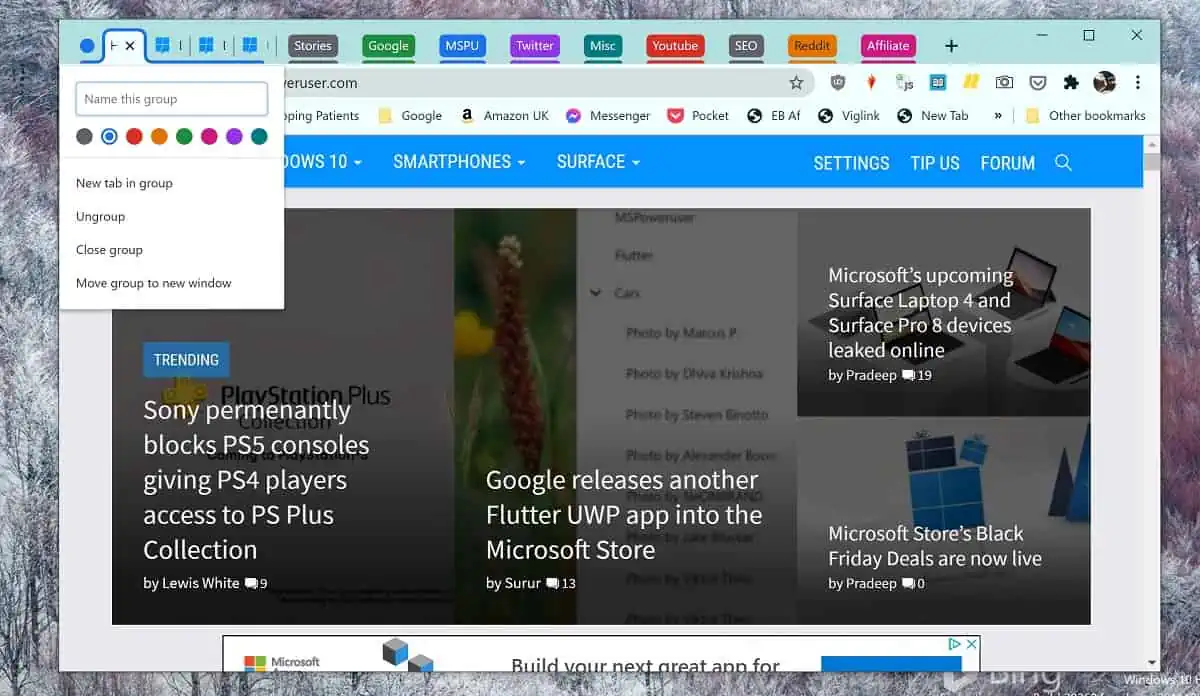Deathwatch for Microsoft Store starts as store Office installer now directs to web
2 min. read
Published on
Read our disclosure page to find out how can you help MSPoweruser sustain the editorial team Read more

We reported recently on a rumour by Paul Thurrott that Microsoft is set to kill UWP apps and de-emphasize the Microsoft Store.
At the time the main evidence for this was Microsoft removing categories such as books and music from the Store, and helping developers access previously UWP-only APIs from regular apps.
Two new items have popped up to add to the evidence docket, however.
One is that Microsoft has released its Azure Kinect API with support for C and C# but not UWP apps.
Azure Kinect presentation at #mrdevdays, SDK slide dump incoming, pay attention @roumenf 😀
C and C# APIs out first. C# API is a P/Invoke wrapper around the C API. Should be easy to use via C# from Unity/PC apps. *No* UWP support at first. (I for one am 100% OK with that) pic.twitter.com/SySLFZs2aR
— Rob Jellinghaus (@MCSpaceCadet) May 2, 2019
It seems Microsoft is not merely extended UWP APIs to regular developers, but actually transferring support to the previously neglected “legacy” developers and effectively abandoning UWP. It is, of course, early days still, but we have seen similar signs before when Microsoft has moved to abandon previously valued businesses.
Another big warning sign was reported today by the WC, who noted that when you try and download Microsoft Office from the Store these days, you are directed to the web installer. In a statement Microsoft said:
People will continue to be able to find Office in the Store. If the Office image isn’t already preinstalled, they will be directed to https://account.microsoft.com/ to install it.
The Installer (like the new Edge on Chromium installer) reportedly supports Windows 10 in S mode, removing another need to have access to the Store.
If the prediction of the pundits is correct, we should continue to see increasing signs of Microsoft bypassing the Store (such as being able to get extensions and install PWA apps directly from the web) which should make it clear which direction Microsoft is leaning.
There are of course all kinds of reasons why Microsoft would need to keep the Store and UWP around, many of them expounded by hero UWP developer Rudy Huyn.
With all my respect, I can't disagree more. If he thinks UWP is only XAML/C# apps, he is wrong, Desktop Bridge apps ARE UWP. If he thinks XAML UWP is made to replace all other tech, he is also wrong.
— Rudy Huyn (@RudyHuyn) May 2, 2019
If you want to support touch screen and/or pen, excellent support of high DPI screens, GPU accelerated UI, etc.. Xaml/UWP is a good choice, else other UI techs are available and also have their own pros/cons
— Rudy Huyn (@RudyHuyn) May 2, 2019
We could all, however, make very coherent arguments about why Microsoft needed a phone operating system or why they needed their own browser rendering engine, or even why OS updates should be mandatory, but Microsoft has changed direction on all these occasions.
Is Microsoft not so subtly signalling their abandonment of the Store? Let us know below.








User forum
0 messages